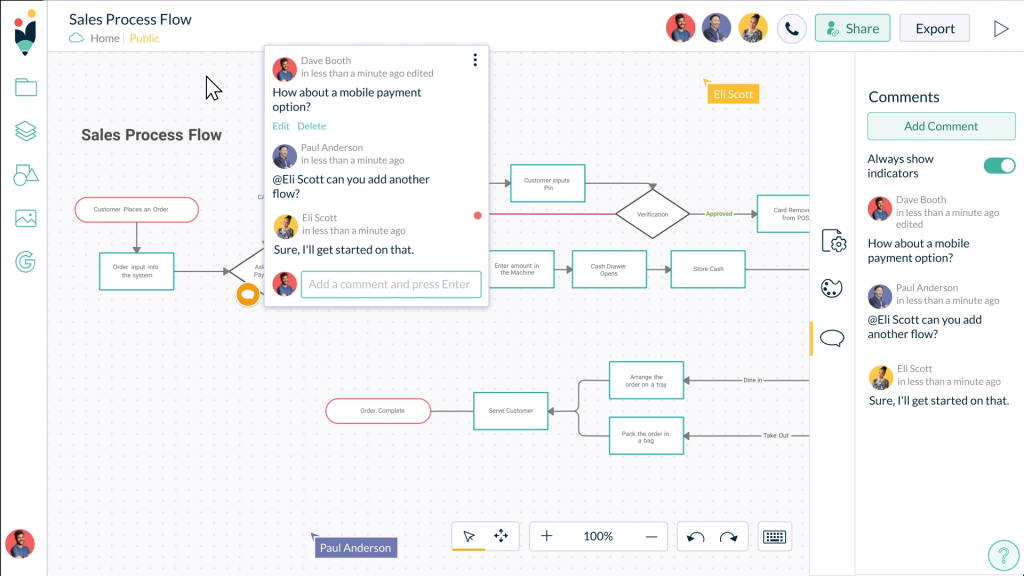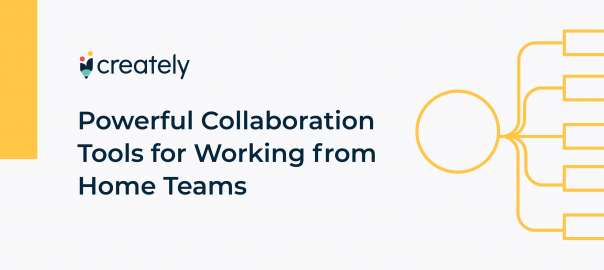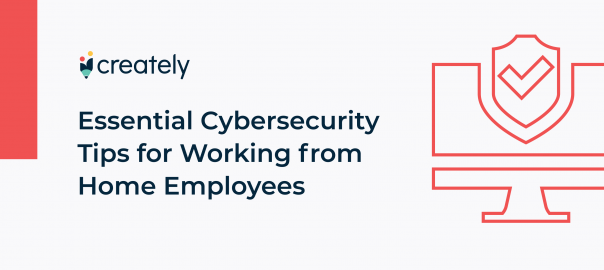Teams around the world are now well entrenched in the concept of remote work. Over the last year and a half, there have been learnings, frustrations, and some great breakthroughs in team dynamics, organizational culture, and overall productivity.
Companies have had varied success in their shift to remote work. But the most successful organizations have realized one thing, that remote work is not as simple as implementing a structure that existed when teams were co-located.
Distributed teams feel more empowered when they have greater flexibility and autonomy. The ability to make your own schedule and prioritize various tasks in a day according to what suits them best gives team members the ability to design their day and maximize their productivity.
More and more, the benefits of working asynchronously are becoming apparent. Organizations are creating and implementing structures that make the most use of all the benefits that come from working asynchronously.
What is Asynchronous Communication?
Asynchronous work is when members in a team can communicate with each other without having to be present at the exact same moment in time. This happens when the information can be exchanged independently of time. In asynchronous communication, team members usually present some information and there is some time lag before the recipient offers their response. Simply put, asynchronous work is any form of work that doesn’t happen in real-time and allows team members to coordinate their efforts across multiple schedules to work together on a project.
Asynchronous Work Is Not the Same as Remote Work
These two terms are often conflated but in reality they are distinctly different. Some companies who have gone remote, still expect employees to log in at a particular time and stay at their desk from 9 to 5 just like how they would if they were in an office.
Asynchronous work however, allows employees to complete tasks on their own time which may be very different from their colleagues. This assumes that communication is not meant to be immediate and people can respond when it is convenient to them. Online hubs and remote collaboration tools allow teams to access a common resource on their own. They complete tasks and send them to their colleagues who can then pick them up whenever their workday begins.
Meetings Are Horrible
Endless check-ins, daily stand-ups, and all-hand meetings can be extremely unproductive. Meetings have been identified to be one of the biggest time sinks in any organization. In a recent study conducted by the Harvard Business Review, 65% of managers said that meetings kept them from completing actual work, 71% said meetings are unproductive and inefficient, and 64% said they came in the way of deep thinking.
While some meetings are unavoidable, working asynchronously changes the way organizations approach meetings in general. In order to schedule a meeting while working asynchronously, you have to coordinate various people’s times which makes sure meetings take place only when they are absolutely necessary. This ensures clear agendas and more productive interactions.
The Era of Deep Work
As teams get more distributed, the value organizations place on the quantity of time spent at work has greatly reduced. Output and productivity have become the only important factors when evaluating employee performance.
“Non-cognitively demanding, logistical-style tasks are often performed while distracted. These efforts tend to not create new value in the world and are easy to replicate.”
– Cal Newport
Deep work refers to our ability to work in a state of deep concentration and focus for a long period of time, without distraction or interruption.
Working asynchronously removes employees from the daily distractions of a workplace so they can dedicate sections of their day to creating high-value, productive output.
Benefits of Working Asynchronously
More Flexibility: Working Asynchronously allows employees to become the masters of their time. They can create work schedules that fit into their lifestyle which leads to a more fulfilled work-life balance.
More Detailed Responses: When working asynchronously people are not expected to reply or respond immediately which means they can take their time to really think about an issue and analyze it before they offer their response or opinion. This leads to more thought-through decisions.
Fewer Distractions: Working asynchronously helps employees enter a flow state easier. By carving out some time dedicated to a particular task, they can truly engage in deep thinking without having to be worried about being interrupted by colleagues about other unrelated tasks.
Automatic Documentation: Most asynchronous communication is written communication. Whether through email, chat or on an online whiteboard there is usually a record of the communication that takes place. You can always go back and refer to this communication and it serves as a log that avoids communication redundancy.
Flattens Hierarchies: It creates an open forum for employees to add suggestions and thoughts. It takes away some of the intimidating factors that could exist during meetings or face- to face interactions.
Tools for efficient asynchronous communication
Email:
The popularity of email seems to be fading out with the emergence of many new-age communication tools like Slack that claim to be built for remote collaboration. But email still translates very well to asynchronous communication. It does not expect an immediate response, so team members can reply on their own time with thoughtful, valuable inputs.
Video Communication:
Video conferencing has been the default way of communication to replace face-to-face meetings. But it doesn’t translate very well to asynchronous work as it involves having to get people together at a common time. Tools like Loom fixes that and allows you to experience the benefits of verbal communication through recordings and screen sharing.
Online Whiteboard:
With tools like Creately you can visualize thoughts, ideas and plans just like you would in a conference room. Team members can then review your visualizations and add comments, thoughts and suggestions to it at their own time. This creates a flexible and intuitive virtual workspace that is great for your asynchronous teams.

Tips to Working Asynchronously
Focus on Goals: Many remote workers feel pressure to “look busy.” But asynchronous work is all about output, not activity. By focusing on clearly defined tasks you can cut down on unnecessary team chatter, do better work, and enjoy your new work-life balance.
Establish Core Hours. Working asynchronously doesn’t mean working without a routine. On the contrary, it sometimes involves creating a more structured and detailed plan that you stick to. Communicating what your core work hours are to the rest of the organization is important so everyone knows who is working on what schedule.
Set Timing Expectations: While collaborating asynchronously it is crucial to be clear about deadlines. Working on individual schedules cannot ignore the fact that larger timelines need to be adhered to. Setting expectations of when something is due is important to help employees organize the workday to prioritize urgent tasks first.
Async Does Not Mean Asocial. Working asynchronously does not mean working in isolation. It is still important to find ways to have team members connect with each other and have fun.
Organizations need to prioritize ice-breakers and virtual parties or so coworkers can let their hair down and get to know their teammates on a personal level.
Tell us About your Experience Working Asynchronously
Organization-wide asynchronous work is still a relatively new concept and teams are still trying to work out all the kicks. Do you have any experience working asynchronously? We’d love to hear your thoughts on the matter, please feel free to share your insights in the comments below.




